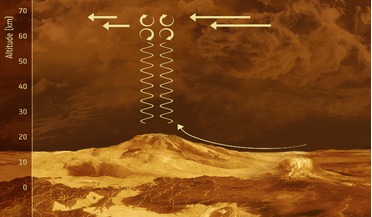 19 July 2016
Gravity waves on Venus create 'fountain of Aphrodite'
19 July 2016
Gravity waves on Venus create 'fountain of Aphrodite'
... layer, creating both the observed 'fountain' and an extended downwind plume of vapour. "We've known for decades that Venus' atmosphere contains a mysterious ultraviolet absorber, but we still don't know its identity," says Bertaux. "This finding...
 23 September 2019
Venus may once have had oceans says a new study
23 September 2019
Venus may once have had oceans says a new study
..., the duo found that over a three billion period, Venus was able to maintain stable temperatures between a maximum of about...linked to the planet’s volcanic activity. “Our hypothesis is that Venus may have had a stable climate for billions of years. It...
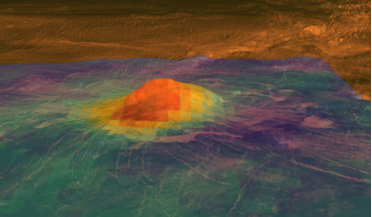 06 January 2020
New evidence suggests that Venus has active volcanoes
06 January 2020
New evidence suggests that Venus has active volcanoes
...than ever keen to get a closer look at Venus. Why? Because Venus might be a lot more active than previously thought...conditions. The European Space Agency (Esa) is evaluating a Venus mission, and NASA was also investigating a possible mission involving...
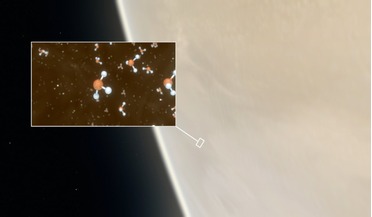 14 September 2020
Possible signs of microbial life found in Venus' atmosphere
14 September 2020
Possible signs of microbial life found in Venus' atmosphere
...found traces of life high in the clouds above Venus’ hellish surface. Venus is often remarked to be Earth’s “twin” planet... promote the production of phosphine, write the authors and Venus is described as being hyperacidic; its clouds are literally ...
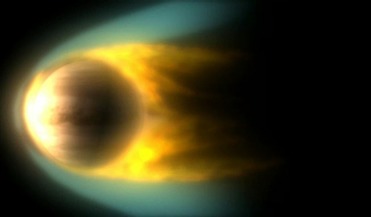 16 November 2020
Venus didn't lose water to space, new study says
16 November 2020
Venus didn't lose water to space, new study says
... that implies it could have diffused into surface materials instead. Venus is in many ways similar to Earth in its structure, ...who measured ions (charged particles) in the vicinity of Venus says otherwise. Using data from IRF’s space instrument ASPERA...
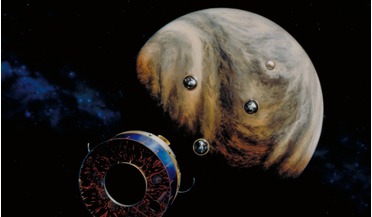 30 September 2020
Another detection of phosphine on Venus possibly found in archival data
30 September 2020
Another detection of phosphine on Venus possibly found in archival data
.... Back in 1978, NASA launched two spacecraft to study Venus as part of the agency’s Pioneer programme; an Orbiter ...Center via an Atlas-Centaur launch vehicle. As the craft encountered Venus, the 875 kg (1930 lb) Multiprobe separated into 5 separate ...